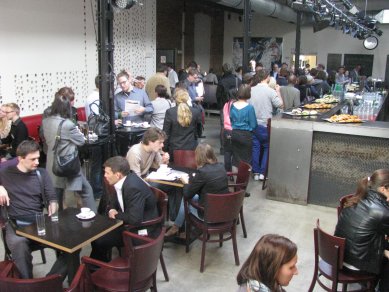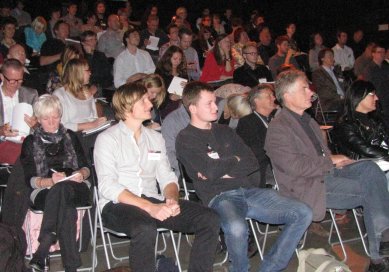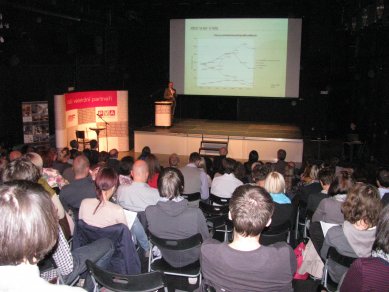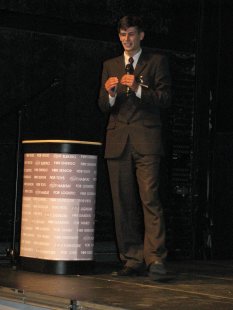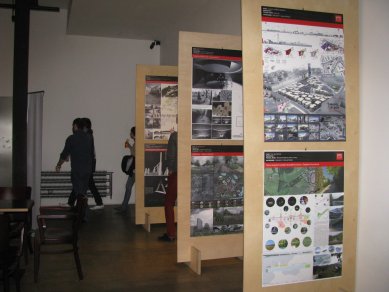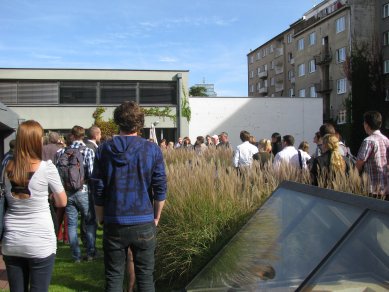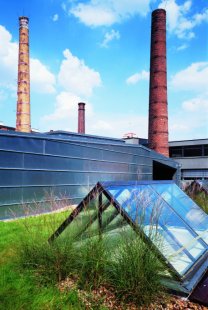The discussion meeting dedicated to current issues of spatial planning and urbanism in the Czech Republic, which took place in this venue as part of the conference, allowed us to open this topic and draw attention to the existing alarming situation in design practice.”




